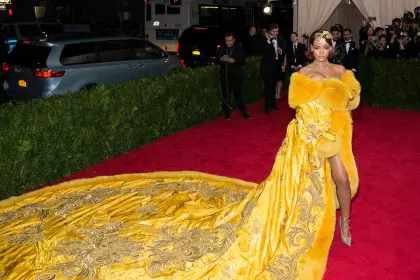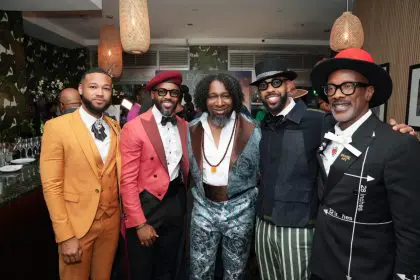In the ever-evolving world of fashion, the introduction of technology has marked a revolutionary shift, altering how designers conceive, create and showcase their work. This intersection between technology and fashion design not only redefines traditional methods but also opens up a realm of possibilities that were once thought to be the stuff of science fiction.
From digital fabrication techniques to the use of artificial intelligence for trend forecasting, the impacts of technology on fashion design are profound and multifaceted. This article delves into these transformative effects, exploring how they enhance creativity, efficiency and sustainability within the industry — and reshaping our understanding and experience of fashion in the digital age.
The digital revolution in fashion design
Digital fabrication and 3D printing
One of the most significant technological advancements impacting fashion design is the advent of digital fabrication methods, particularly 3D printing. This technique allows designers to create intricate details and structures that would be impossible to achieve with traditional sewing and weaving methods. 3D printing has not only enabled the production of highly complex designs but has also significantly reduced waste, aligning with the growing demand for sustainable practices within the fashion industry.
Virtual and augmented reality
Virtual (VR) and augmented reality (AR) technologies are transforming the fashion design process by enabling designers to create and modify their creations in a virtual environment. This not only speeds up the design process but also allows for greater experimentation without the need for physical materials. Furthermore, VR and AR offer innovative ways for brands to engage with consumers, from virtual fitting rooms to immersive fashion shows, enhancing the shopping experience and offering a glimpse into the future of retail.
Sustainability and eco-innovation
Materialinnovation
Technology has played a pivotal role in the development of sustainable materials, offering alternatives to traditional fabrics that are both eco-friendly and technologically advanced. From recycled fibers to lab-grown leather, these innovations are reducing the fashion industry’s environmental footprint and paving the way for a more sustainable future.
Efficiency in production
Technological advancements have also improved the efficiency of the production process, reducing waste and energy consumption. Automation and AI-driven supply chain management systems help in optimizing production schedules, inventory levels and distribution, ensuring that the fashion industry can be both stylish and sustainable.
Artificial intelligence and personalization
AI in design and trend forecasting
Artificial intelligence (AI) is revolutionizing the way designers approach both the creative and business aspects of fashion. By analyzing vast amounts of data, AI can identify emerging trends, predict consumer behavior and even generate innovative design concepts. This not only enhances the creative process but also enables brands to stay ahead in a highly competitive market.
Customization and on-demand manufacturing
Technology has made it possible for brands to offer customized products at scale through on-demand manufacturing. This approach, powered by AI and automation, allows consumers to have a direct hand in the design of their garments, ensuring that what they wear is unique to their style and preferences, thereby reducing overproduction and waste.
The future of fashion shows
Digital showcases and virtual runways
The traditional fashion show has undergone a digital transformation, with virtual runways and digital showcases becoming increasingly prevalent. These platforms allow designers to present their collections to a global audience without the constraints of physical location, time and the environmental impact associated with traditional shows. This democratization of fashion presentation not only expands the audience reach but also encourages a more inclusive approach to fashion.
Enhancing consumer experience through technology
E-commerce and social media
Technology has revolutionized the way fashion brands interact with their consumers. E-commerce platforms — augmented by AI and AR — offer personalized shopping experiences, while social media enables direct communication and engagement with consumers. This direct line to the consumer allows for immediate feedback and fosters a sense of community around brands, influencing design and marketing strategies.
Technology and Fashion’s Future
The impacts of technology on fashion design are profound and far-reaching, marking a new era in the industry. From the way garments are created to how they are presented and sold, technology has enabled a wave of innovation that is reshaping the landscape of fashion. As we look to the future, it is clear that the symbiosis between technology and fashion will continue to evolve, bringing forth new challenges and opportunities.
By embracing these technological advancements, the fashion industry can not only enhance its creative potential but also address critical issues such as sustainability and consumer engagement. As we stand on the brink of this exciting frontier, it is evident that technology will continue to be a driving force in the evolution of fashion design, changing not just how we create and consume fashion but also how we perceive it in our lives.
This story was created using AI technology.
















